In conversation with Nicholas Atkins from Supperclub.tube
In the world of Nicholas Atkins, where we talk everything supper club and experiences—from his trio jazz days at Elmore Jam to purchasing a decommissioned tube in Walthamstow.
In the London supper club world, Nicholas Atkins was both host and storyteller. In 2015, he opened his Southgate Road home to strangers, serving dinners around a long table under the hum of live jazz. The space, part living room and part restaurant, became The Elmore Jam—a place where 24 guests might share ceviche one week and Caribbean stews the next, depending on which young chef he invited to cook.
When the house was sold, the experiment didn’t end. He took over a decommissioned tube carriage in Walthamstow, transforming it into SupperClub.Tube, where candlelight, funk and soul, and six-course tasting menus set the rhythm of the evening. “We ran it like a restaurant in the end,” he says. “It stopped being a living room and became something else.”
That “something else” is where our broader story of the experience economy begins. In this interview, we discuss how food, space, and even intimacy can or cannot be staged, curated, and sold as part of an evening.
Supper clubs collapse the distance between strangers, but they also raise questions about the art of hosting, access, mood, and what it means when connection itself becomes part of the offering. Our conversation with Nicholas Atkins traces how a living room turned into a dining brand, and what happens when hosting is no longer just about welcoming, but also about crafting an experience.
It was such a stimulating conversation—especially for someone who's only encountered supper clubs through social media. We were, then, invited to experience Supper Club Tube, firsthand, to decide for ourselves whether the experience economy does place a price tag on human intimacy, as well as, a splendid evening; available on our print, but in short book your experience yesterday, haha
1. May you tell me about you, Elmore Jam, and Supper Club Tube? How did the concept begin?
Ten years ago, in 2015, I just wanted to open a restaurant. But I realised restaurants are a “run before you walk” move, so I started smaller. A friend invited me to a German supper club in Dalston—ten strangers around a table in someone’s flat. The intimacy of that evening stuck with me.
At the time, I lived in a house with a huge downstairs, space for 24 people, and even a baby grand piano. I thought—why not combine food with live jazz? That became The Elmore Jam. We had a resident jazz trio and rotating chefs, which meant a new menu every week.
Three years later I had to sell the house, but in 2018 a friend offered me his project: a supper club inside a decommissioned tube carriage. I took it over, and that became Supper Club Tube, which I’ve been running ever since.
2. What did you feel was missing from the food space when you started it?
It wasn’t really about filling a gap. I simply wanted to start a restaurant and realised that to stand out I needed to do something different. Supper clubs gave me a way to experiment, to host, and to create a different kind of experience around food.
3. What does a typical evening at SupperClub.Tube look and feel like? For you and for your guests.
It’s very curated. We do a six-course tasting menu, and I’ve played the same music soundtrack for nearly seven years. It’s personal—it reflects my memories of the ’70s. The evening starts mellow, with ’50s and ’70s jazz, then moves into funk and soul. The food is designed to be paced with the music, over two and a half hours. And we make sure everyone is catered for—vegetarian, pescatarian, gluten-free.

4. Why the tube? What does hosting a supper club allow you to explore that a typical restaurant or home can’t?
The carriage itself shapes the mood. It doesn’t move—it’s part of a museum above ground—but once you’re inside, you’re in the Tube. There’s something cinematic about sitting still in a space designed for transit. We’ve got two sections: one communal table, and a set of private tables. That mix creates both intimacy and spectacle in a way that’s very different from a restaurant or a flat.
5. How did the rupture of COVID shift your relationship to shared meals? And do you think the temporary loss of in-person dining reveal anything about how people seek food vs how they seek each other?
The pandemic crushed supper clubs. Suddenly we couldn’t gather, so I had to pivot briefly to meal kits. When we reopened, capacity dropped from 30 to 20 because of spacing. That communal energy—strangers sitting close, breaking bread—was gone. It made me realise that food is never just about eating; it’s about being with people.
6. Do you think people are relearning how to eat together—especially after a chronic online movement followed by a yearning for a slower life—or are they unlearning something colder? Has that allowed hosting to become a way of reclaiming slowness, physicality, even awkwardness after so much life online?
I think both. People are relearning how to sit together after so much time online. At the same time, supper clubs can push against some of the elitism in food culture. Hosting becomes a way of reclaiming slowness, awkwardness, and physicality—things we’d forgotten during the pandemic.
7. Historically, the aristocrats / elites held the power to host. Who gets to take up that role now?
I think hosting has been democratised. You don’t need a palace—you can do it from your living room or, in my case, a tube carriage. It’s about imagination, not status.
8. Do you think real-life hosting holds some kind of influence? If so, what kind of power does a host hold now?
Definitely. A host sets the tone—through the menu, the music, the way people are seated, even the little interactions. You’re curating an alternate space for a few hours, and that can influence how people connect, how they remember the evening.
9. Is there a tension between wanting to welcome and needing to curate? Do you feel the need to pack the place with likeminded people? Or make the scene aesthetic enough for social media?
Yes. You want to be open, but you also have to shape the evening. I don’t pack the room with only like-minded people—that would kill the magic. I also don’t design around social media aesthetics. For me, it’s about real atmosphere, not content creation.
10. When your home became the site of The Elmore Jam, how much did it still feel like a home, and how much did it become something else?
It was my daughter’s home at the time—she and her boyfriend lived upstairs—so in that sense, it was still domestic. They’d use the kitchen, watch TV, live their lives. But when we ran the supper club, it turned into a restaurant. With 24 people at the table, that’s a lot of food, a lot of dishes, a lot of washing up. The scale changed the space. It was still intimate, but operationally it felt like a restaurant.
11. Do you think supper clubs have become a new form of luxury; one that doesn’t only sell food, but access, mood, curation, and a sense of belonging?
In a way, yes. Especially with rising grocery prices, eating out at all feels like a luxury. Supper clubs add another layer—they’re not just meals, they’re curated experiences. People are buying into mood, belonging, even memory.
12. Are guests coming for the food, for the curation, for the content creation, for the setting, or for you?
All of it. The food matters, but the setting and soundtrack frame the experience. Some come for the Tube, some for the vibe, some to meet people. A few come back because of me, because they like the way I host.
13. Within your work, are you creating an experience or cultivating a community? And is intimacy part of the experience you design or left to chance?
Primarily an experience. Community sometimes grows out of it, but that’s never guaranteed. Intimacy isn’t something you can script—it happens by chance. But I’ve definitely seen surprising connections form across my tables.
14. When intimacy becomes a selling point, how do you prevent the commodification of connections, or in this case, supper clubs / food—something that forms part of an identity, culture, and years of heritage?
It’s a fine line. You can’t sell authenticity. What I do is provide the setting—the table, the food, the soundtrack. The connections are up to the people. That keeps it from feeling like something manufactured.
15. How do you want someone to feel when they leave your table—not just full, but what else?
Full, first and foremost. But beyond that—I want them to feel they’ve been somewhere unusual, that they’ve shared something special, and maybe that they’ve connected with someone new.
16. Lastly! Do you believe a meal can change someone’s mind?
Yes. Food is disarming—it opens people up. Sharing a meal can make someone rethink their assumptions, whether about culture, taste, or even each other.
Big! News! I'm in the process of completing my first print — the very first edition of Milk Mouth! Feel free to sign up to the drop on here, if you're an existing subscriber chances are you're automatically rolled in!
If you want to support getting this publication off the ground (all proceeds go to printing the first physical issue), you can always Buy Me A Coffee or follow our IG—where we will share some exciting events soon!
Thank you so much for reading this (:
Much, much, and much <3,
S



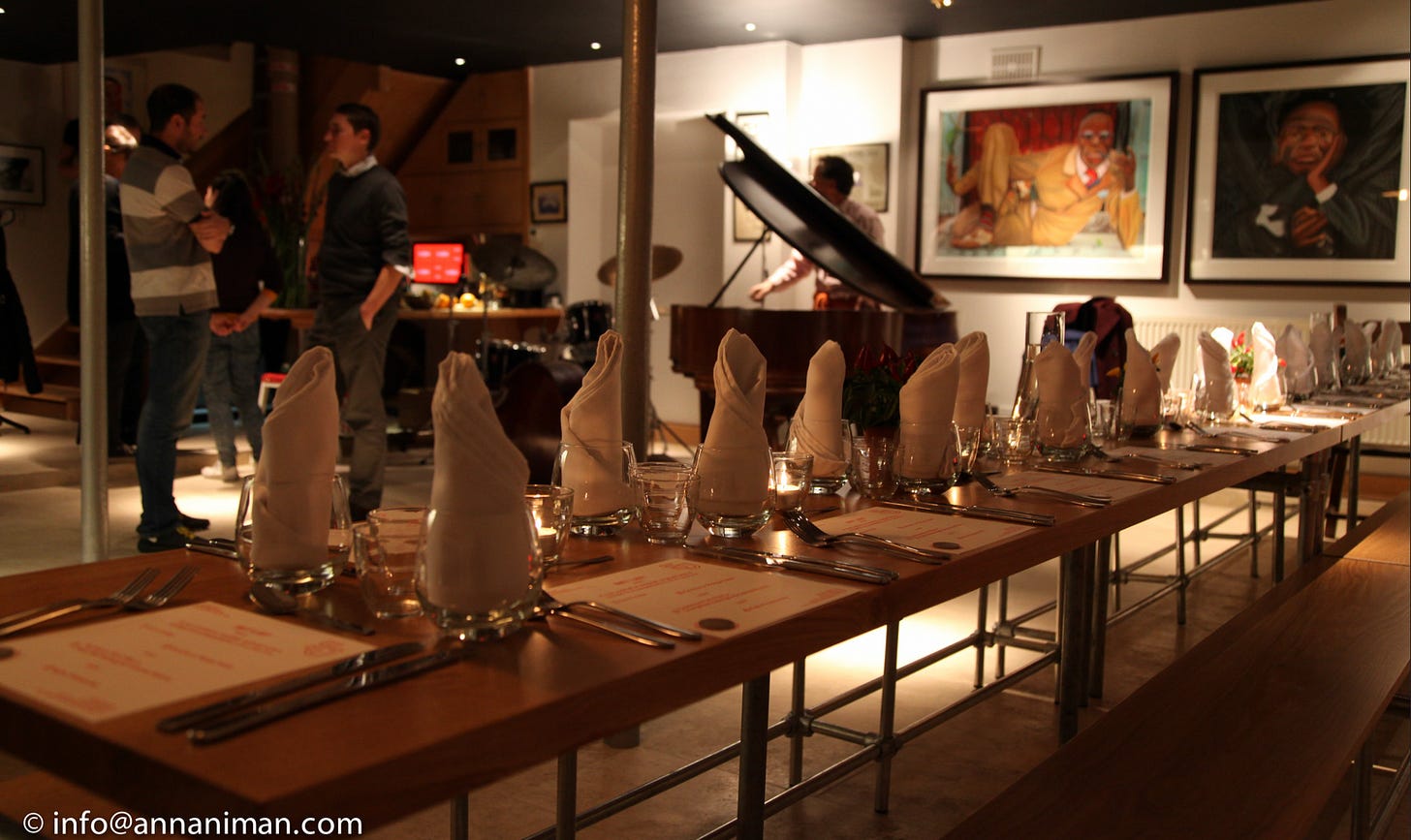
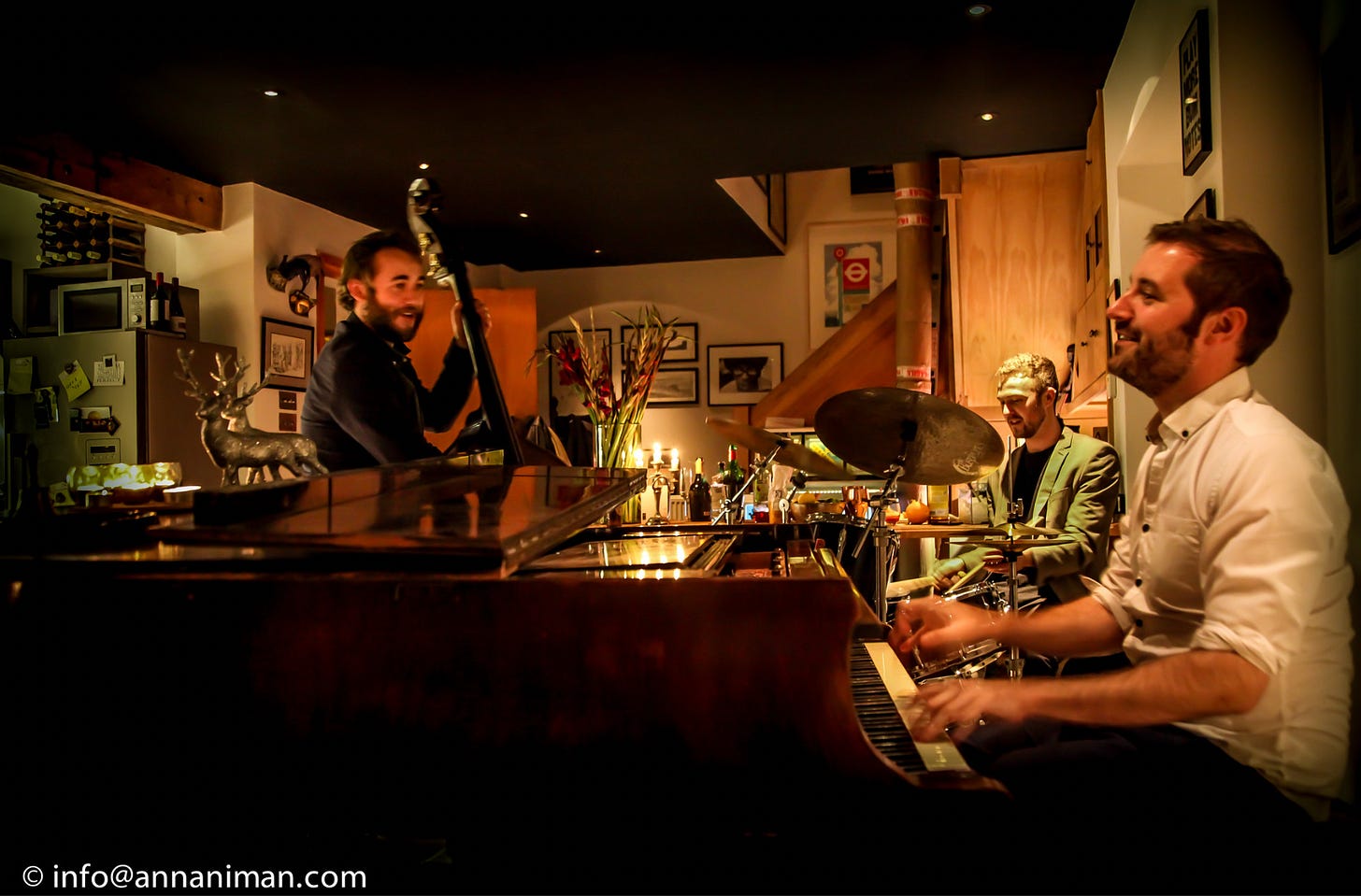

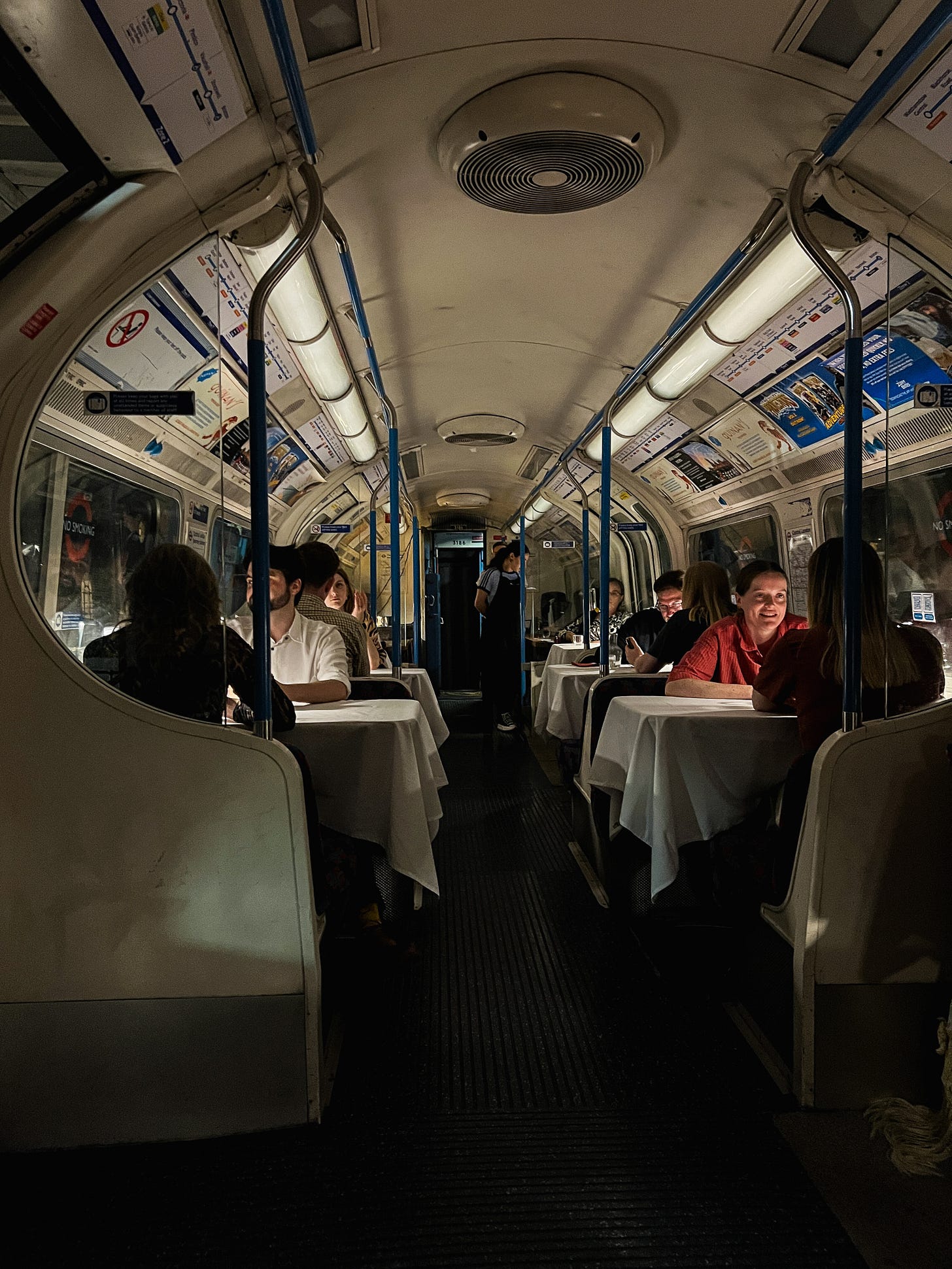
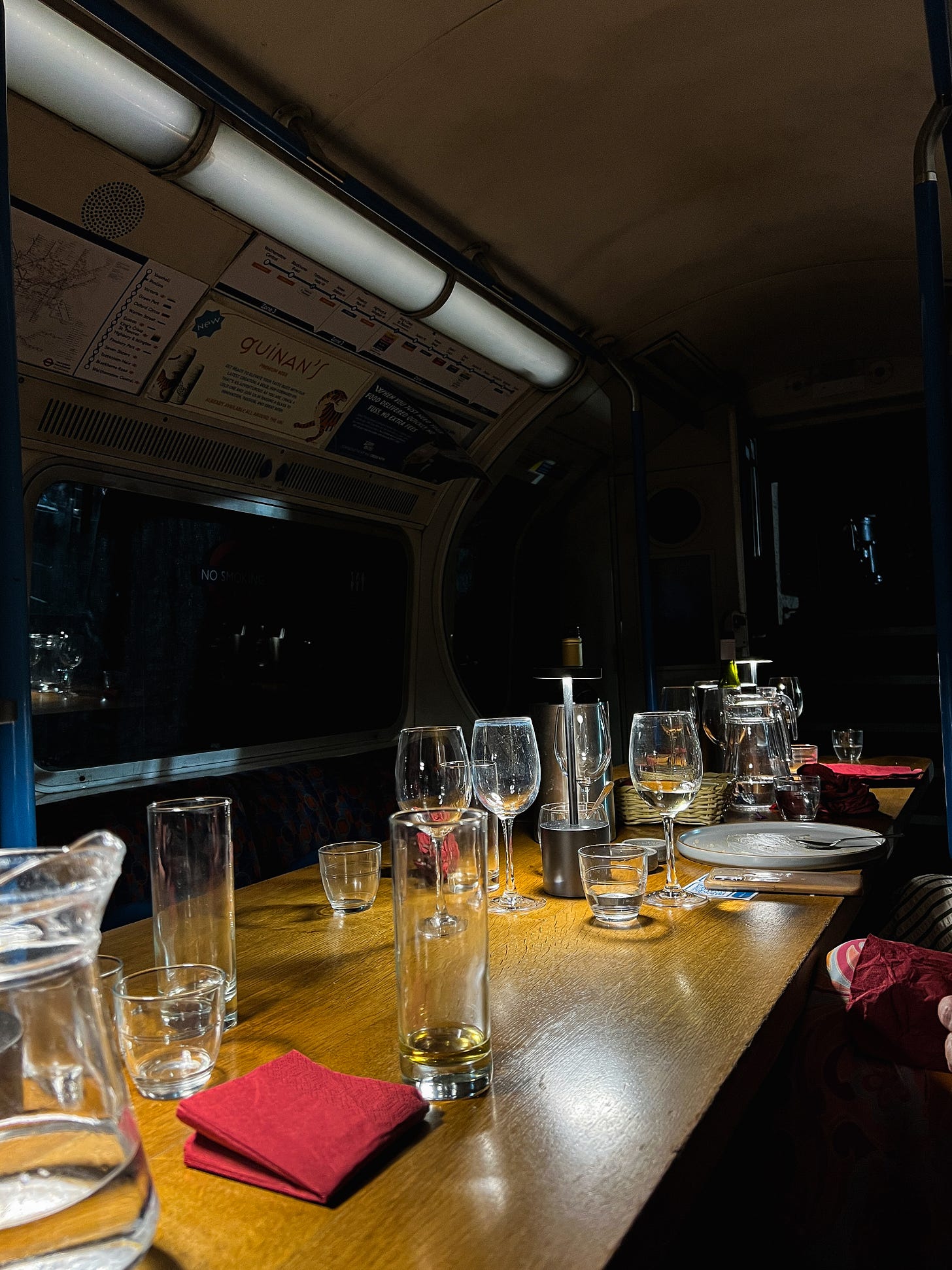
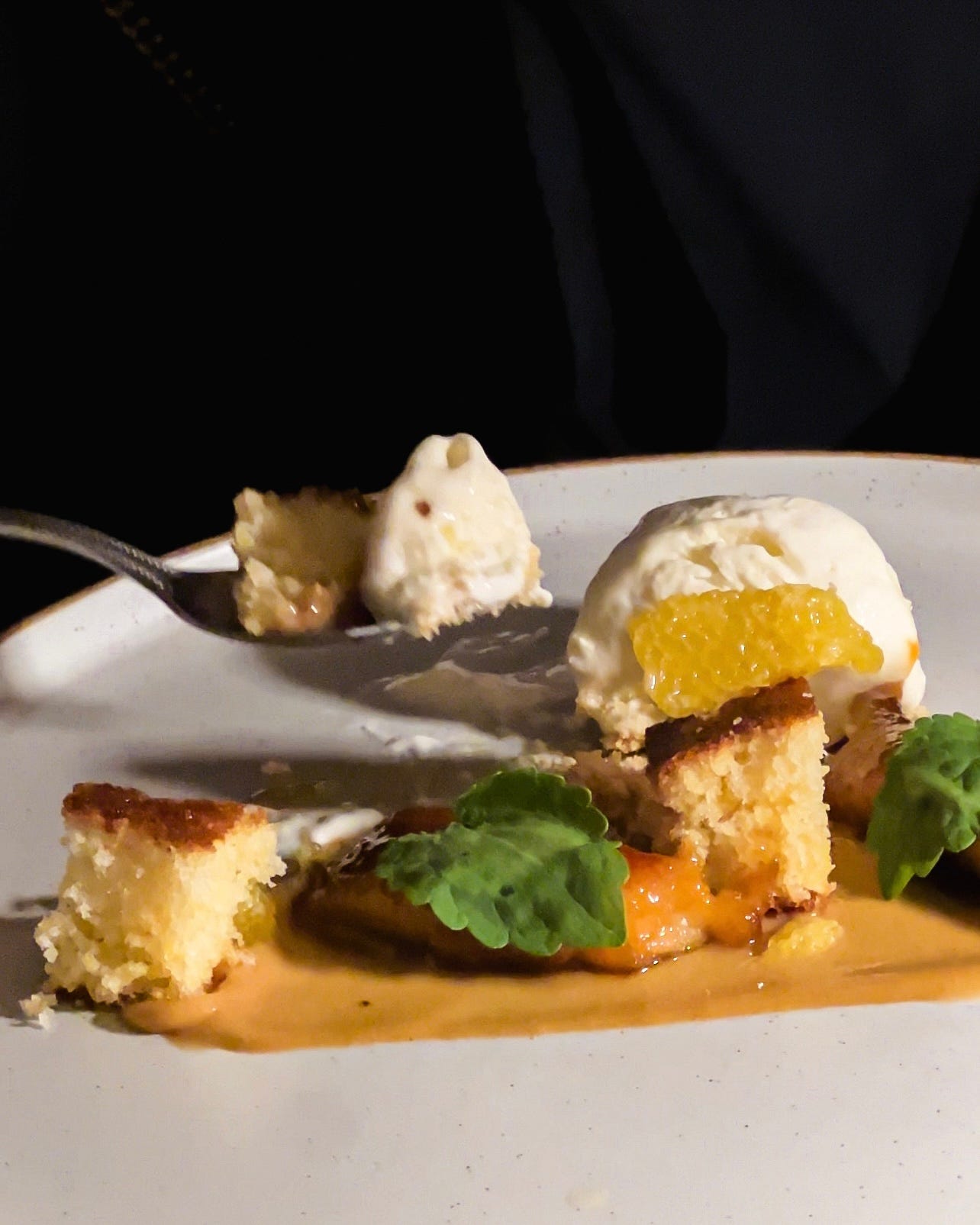
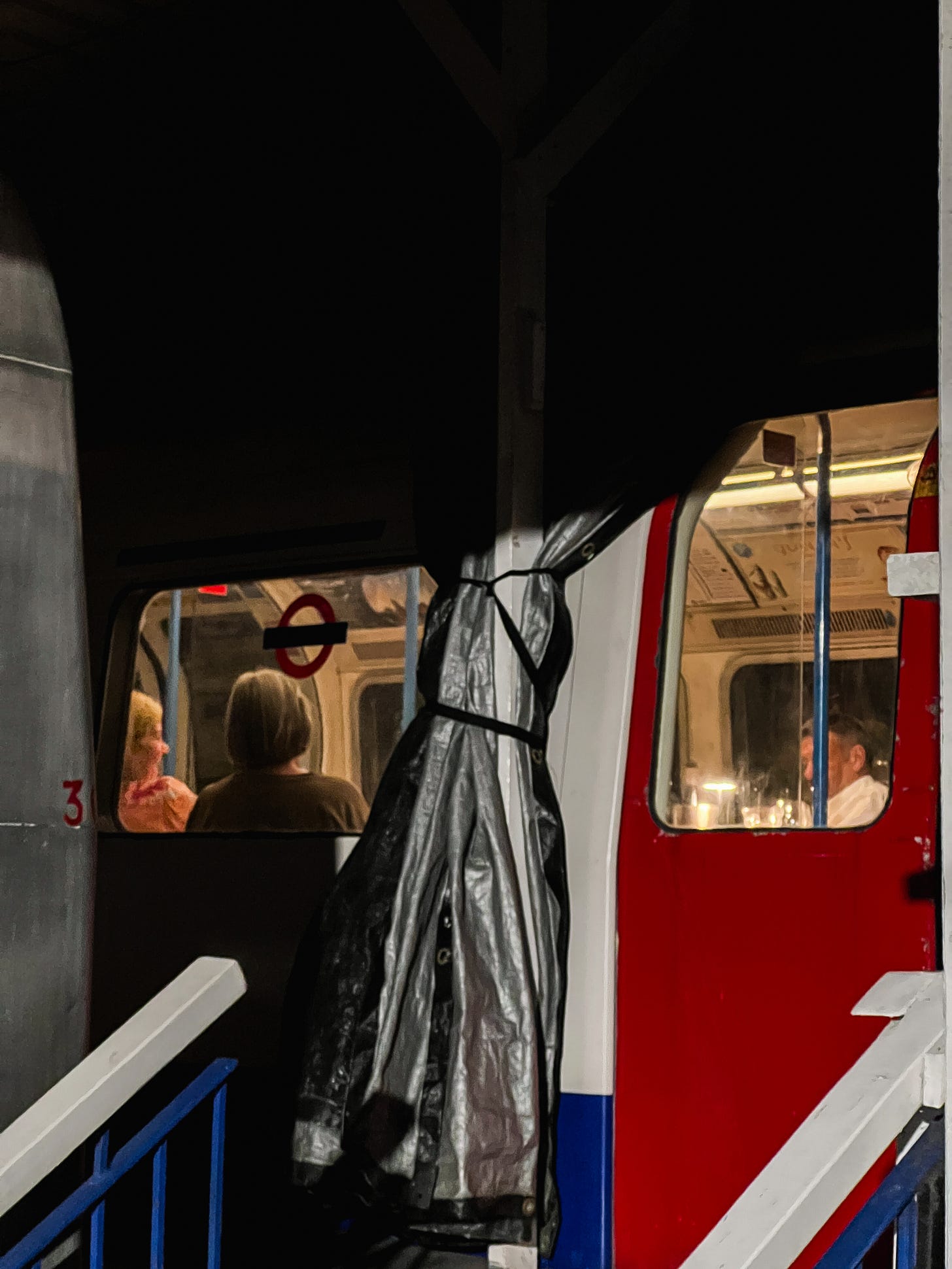
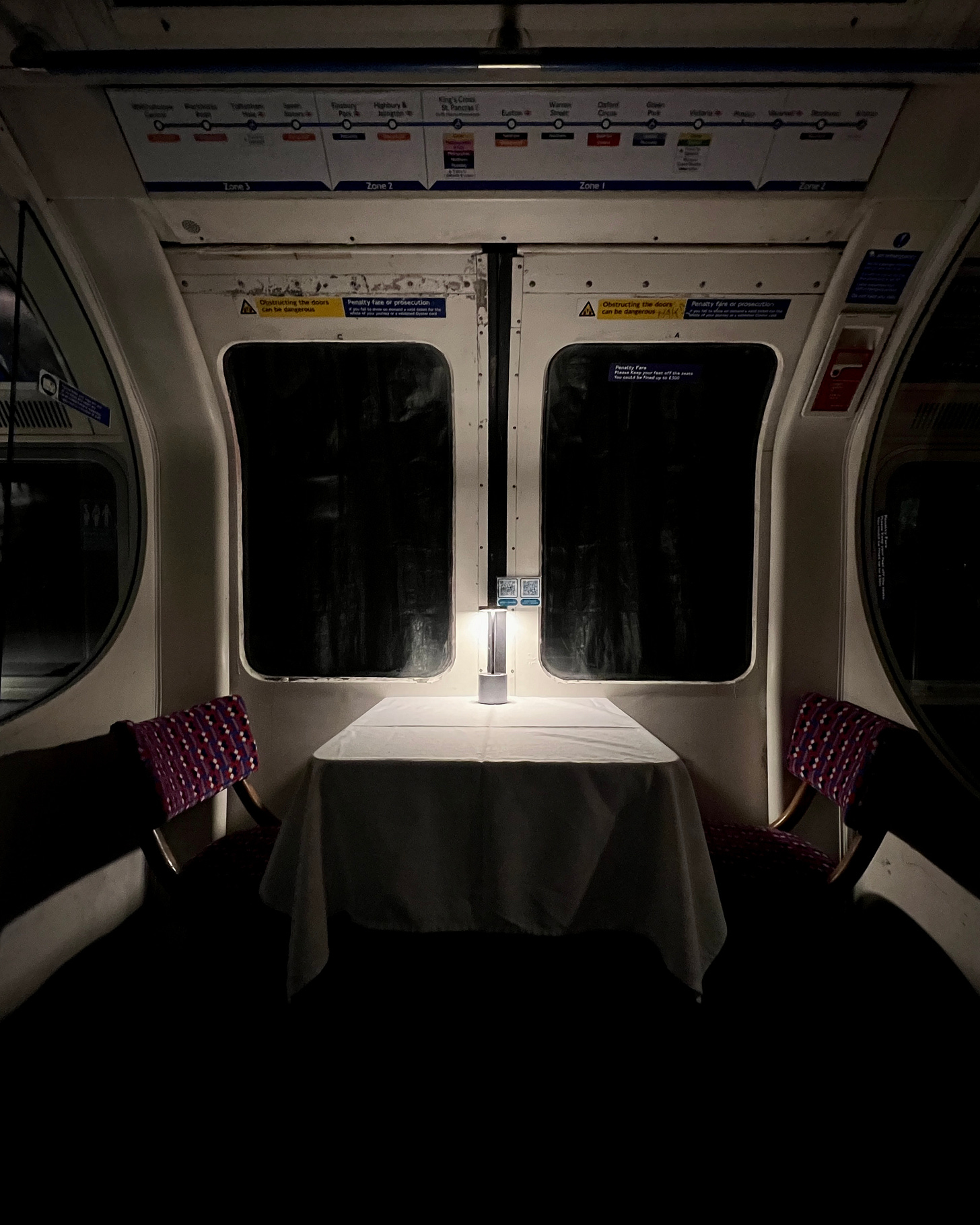

Love it, feels like the anti-thesis from my 'brand dinner one'. 'real atmosphere, not content creation.' – agreed!